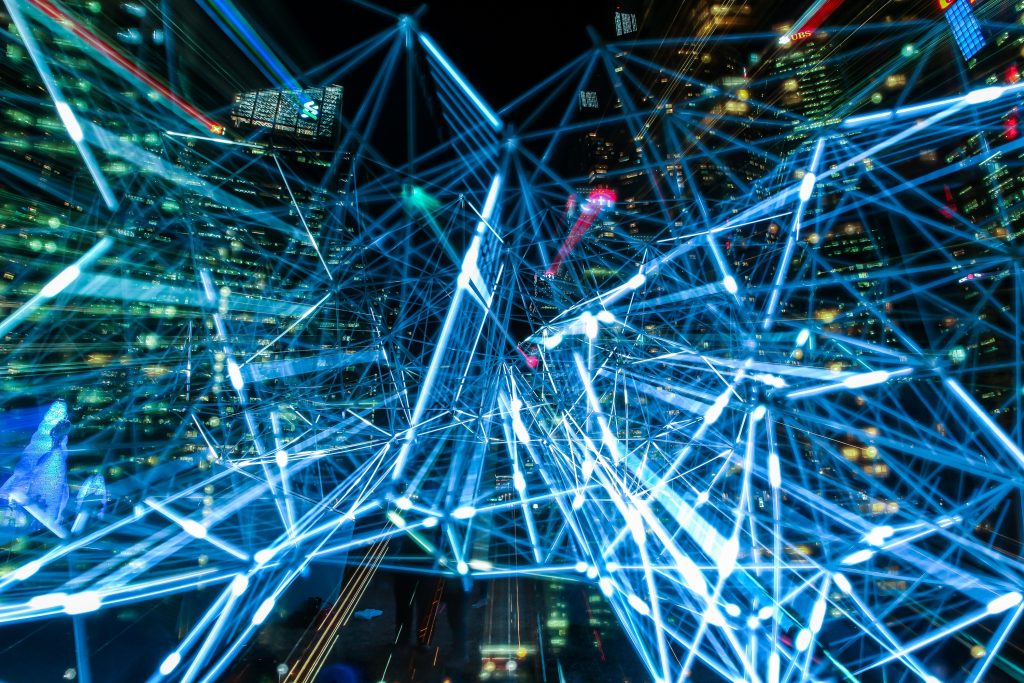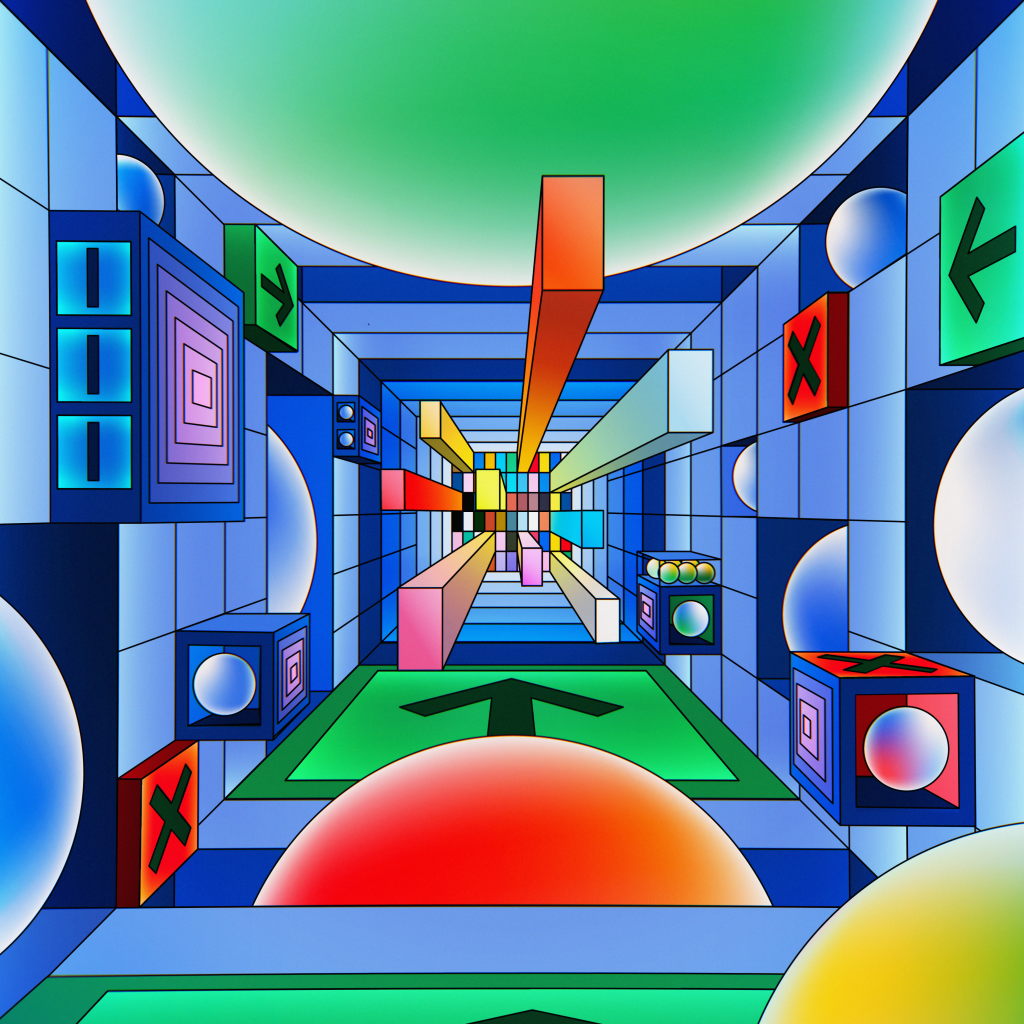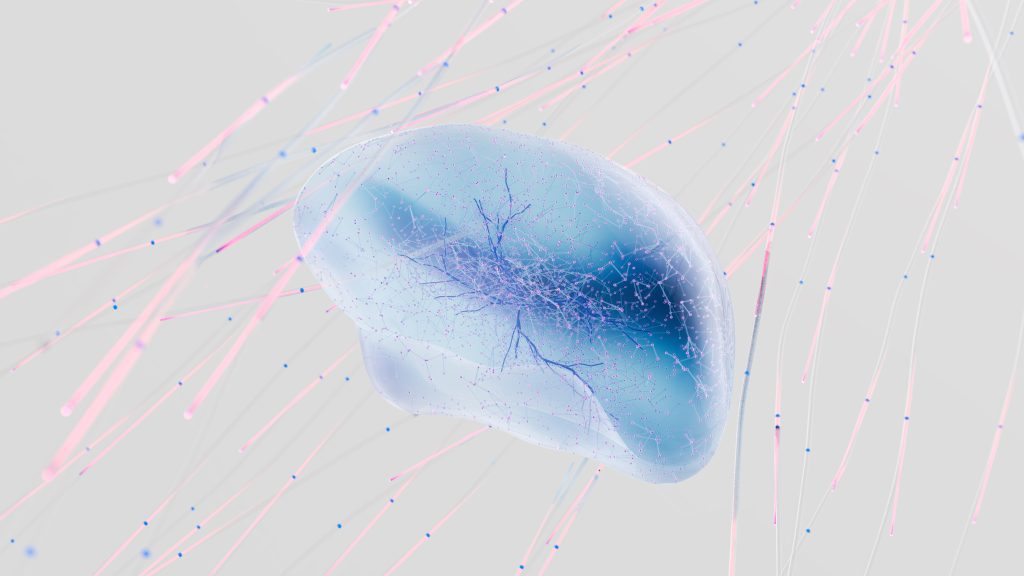Have you ever wondered what exactly Sophia is? Well, let me enlighten you. Sophia is an advanced humanoid robot developed by Hanson Robotics. With its stunningly lifelike appearance and artificial intelligence capabilities, Sophia has captivated the world and sparked conversations about the future of robotics and AI. In this article, we will explore the origins of Sophia, its unique features, and the potential impact it can have on various industries. So, buckle up and prepare to embark on an exciting journey into the fascinating world of Sophia.
What is Sophia?
Overview
Sophia is an advanced humanoid robot that has garnered global attention and fascination. Created by Hanson Robotics, Sophia is the epitome of artificial intelligence and the embodiment of cutting-edge technology. With her lifelike appearance and sophisticated features, Sophia has made significant strides in the field of robotics, captivating both experts and the general public alike.
Background
In 2016, Hanson Robotics introduced Sophia to the world, marking a pivotal moment in the history of robotics. The development of Sophia was led by Dr. David Hanson, an esteemed roboticist and entrepreneur known for his expertise in creating lifelike humanoids. Sophia was designed to resemble Audrey Hepburn, a renowned actress admired for her timeless beauty and grace. With a vision to push the boundaries of robotics and artificial intelligence, Dr. Hanson and his team embarked on a journey that would revolutionize the field.

Appearance and Features
Sophia’s appearance is captivating, as she possesses human-like facial features and expressions. Equipped with cameras that recognize and track faces, Sophia can make eye contact, follow movements, and maintain engaging conversations. She has a vast range of facial expressions, allowing her to convey emotions and interact with people in a more realistic manner. Additionally, Sophia has a sleek body covered in a synthetic skin-like material, enabling her to perform various physical movements akin to humans.
Artificial Intelligence
At the heart of Sophia lies advanced artificial intelligence (AI) technologies, which enable her to learn, reason, and interact with the world around her. Sophia’s AI capabilities enable her to process vast amounts of information and generate responses based on the data she has acquired. Through machine learning and deep learning algorithms, she can adapt her behavior, improve her conversational skills, and continuously enhance her overall performance.

Purpose
The purpose behind creating Sophia was to demonstrate the potential of robotics and AI in various domains. Sophia serves as a platform for research, experimentation, and exploration into the future of human-robot interactions. From healthcare and education to customer service and entertainment, Sophia showcases the myriad of possibilities where robots can have a positive impact on society.
Development and Creators
Sophia was created by Hanson Robotics, a Hong Kong-based company founded by Dr. David Hanson. Driven by a team of talented engineers, researchers, and developers, Hanson Robotics has been at the forefront of developing humanoid robots that blur the line between humans and machines. With their innovative approach and commitment to technological advancement, the creators of Sophia have earned recognition and acclaim in the robotics community and beyond.

Potential Applications
The potential applications of Sophia are vast and varied. In healthcare, Sophia can assist in patient care, provide companionship for the elderly, and aid in telemedicine. In education, she can serve as an interactive tutor, helping students learn complex concepts in an engaging manner. Sophia’s expressive capabilities make her an ideal candidate for the entertainment industry, where she can perform in movies, act in theater productions, or even become a virtual influencer. Furthermore, Sophia’s AI can be leveraged in customer service, providing personalized and efficient assistance in various industries.
Public Reception
Sophia’s public reception has been remarkable. Audiences around the world have been captivated by her lifelike appearance, advanced AI, and engaging interactions. From appearing on talk shows to delivering keynote speeches at prestigious events, Sophia has become a celebrity in her own right. The public’s fascination with Sophia highlights society’s growing interest in robotics and the anticipation surrounding the future of artificial intelligence.

Controversies and Ethical Concerns
As with any technological advancement, there have been controversies and ethical concerns surrounding Sophia. Some argue that creating robots with human-like features and AI capabilities may blur the line between human and machine, potentially raising questions about the ethical treatment of humanoid robots. Additionally, there are concerns about the impact of advanced robotics on employment, as robots like Sophia have the potential to replace humans in various industries. These controversies and ethical concerns highlight the need for ongoing discussions and regulations to ensure responsible and ethical development and use of humanoid robots.
Future Implications
The future implications of Sophia and similar humanoid robots are both exciting and daunting. As technology continues to advance, these robots have the potential to revolutionize multiple industries, improve human lives, and push the boundaries of what is possible. However, they also raise complex questions about human-machine relationships, privacy, and the ethical considerations surrounding their development and deployment. Balancing the benefits and risks associated with advanced AI and robotics will be crucial in shaping a responsible and inclusive future.
In conclusion, Sophia represents a significant milestone in the field of robotics and artificial intelligence. With her lifelike appearance, advanced AI capabilities, and vast potential applications, Sophia has become a symbol of the rapidly evolving human-robot interaction. As society navigates the future implications of these advancements, open dialogue, ethical considerations, and responsible development will be essential to harness the full potential of humanoid robots like Sophia and ensure a harmonious coexistence between humans and machines.










